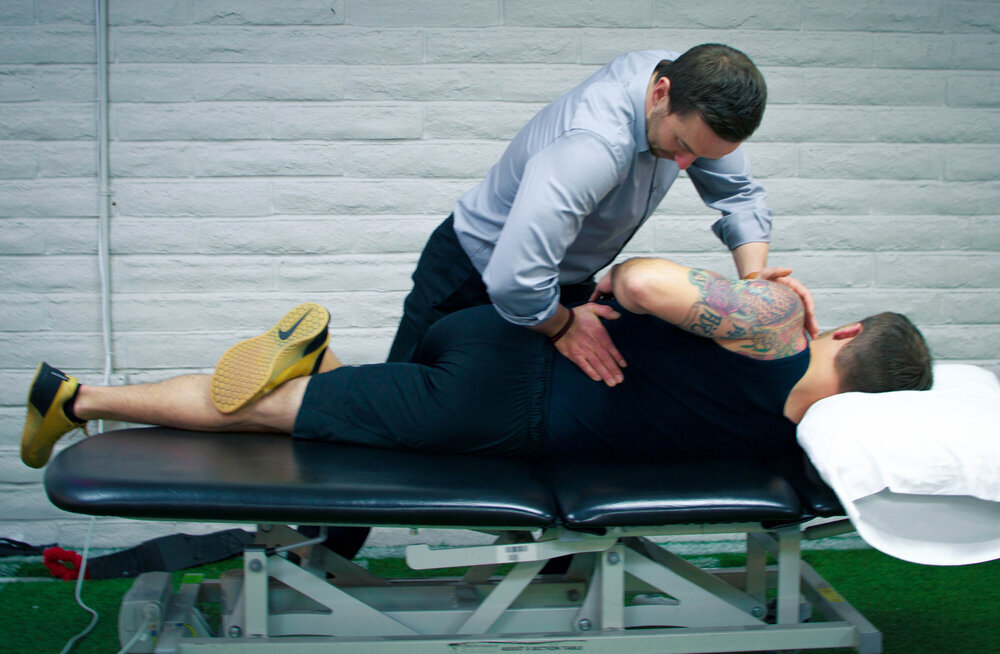Spinal manipulation is one of the oldest forms of medical treatment dating to at least Hippocrates. Currently, three professions, including physicians, chiropractors, and Physical Therapists, practice this form of intervention. Medical evidence for this treatment is focused mainly on the treatment of musculoskeletal diagnoses including neck pain, headache, and low back pain. In general the evidence shows significant short term benefits in pain and disability for the utilization of spinal manipulation for these aforementioned diagnoses. In contrast, evidence does not support this form of treatment for non musculoskeletal diagnoses but a small percentage of practitioners continue to utilize these techniques in opposition of the evidence and national position statements. A recent review article summarized these findings.
Cote and colleagues in the Journal of Chiropractic and Manual Therapies aimed to summarize the available evidence on spinal manipulation for non musculoskeletal disorders (2021). The study was conducted by an international group of 50 scientists from 18 chiropractic organizations. Authors included 16 articles and reported on 6 randomized controlled trials in their systematic review. They found no evidence for the utilization of spinal manipulation for non musculoskeletal diagnoses including colic, asthma, high blood pressure, dysmenorrhea, or migraine headaches. Further, these researchers questioned the impact of spinal manipulation on distant organ systems in the body.

